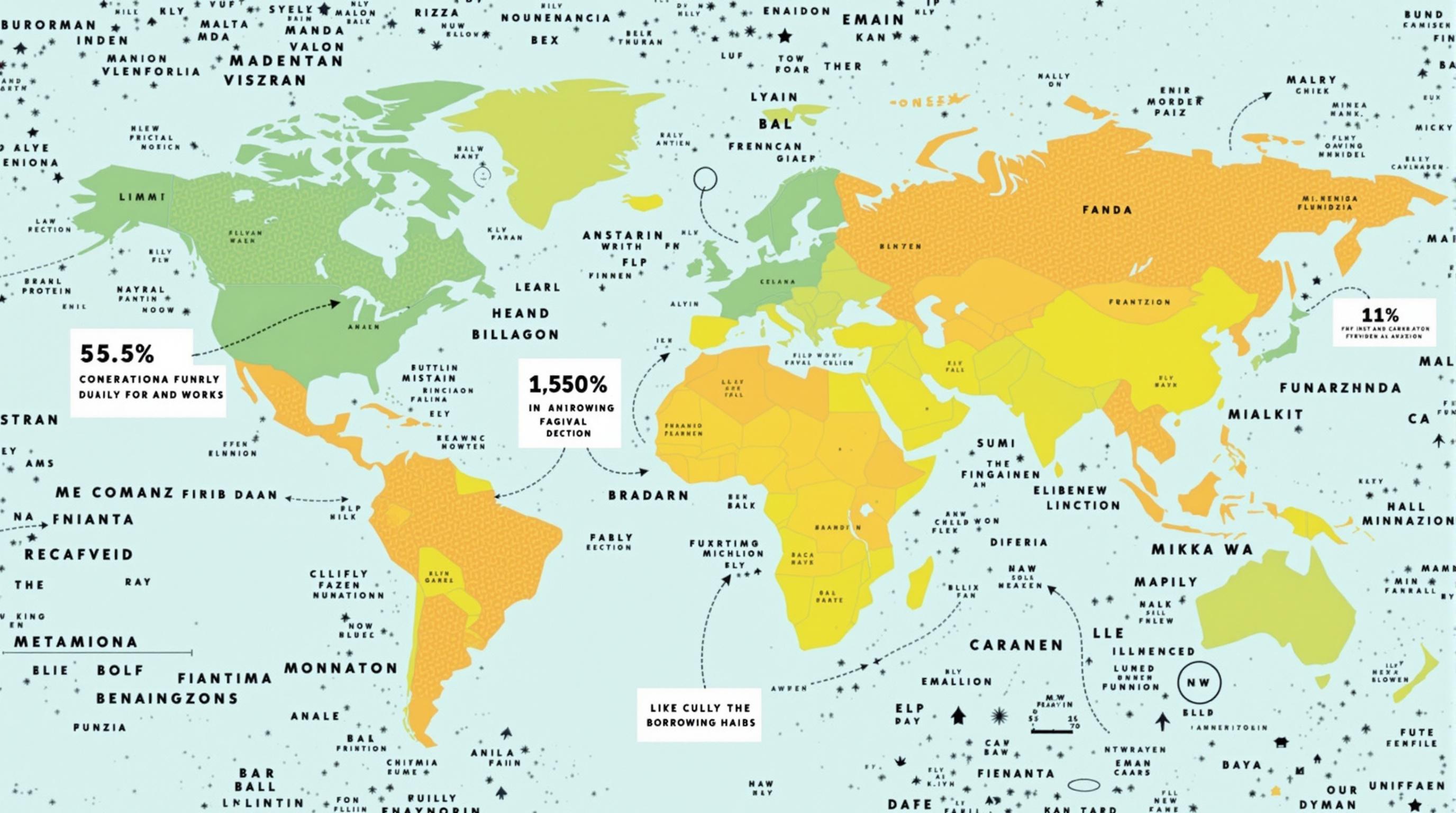Related Articles
- Top 6 Niche Credit Cards from the Past Five Years That Exploit Unseen Reward Loopholes
- Unmasking the Silent Influence of Social Media Challenges on Long-Term Financial Behavior and Credit Recovery
- How Microcredit Dynamics in Remote Communities Are Redefining Access and Trust Beyond Traditional Credit Metrics
- How Cultural Attitudes Shape Collective Borrowing Habits and Their Impact on Financial Unification Strategies
- Top 5 Under-the-Radar Digital Loan Services Launched Since 2019 That Are Disrupting Traditional Borrowing Norms
- Top 6 Cutting-Edge Financial Wellness Platforms Redefining Debt Recovery Tools Released Since 2019
Top 7 Game-Changing Debt Consolidation Tools From the Last Five Years That Are Transforming Money Management
Top 7 Game-Changing Debt Consolidation Tools From the Last Five Years That Are Transforming Money Management
Debt consolidation tools have uprooted traditional ways of debt management, offering new pathways to financial freedom. Here’s a dive into seven revolutionary technologies reshaping how millions tackle debt today.
The Rise of AI-Driven Personal Finance Advisors
Imagine having a financial guru in your pocket 24/7. AI-driven platforms like Tally and Cleo have emerged over the past five years, smartly analyzing your debt payments and spending habits to suggest optimal payoff strategies. According to a recent report by Forbes, users reported a 30% faster debt reduction timeline when leveraging AI tools compared to manual budgeting methods.
These platforms don’t just crunch numbers; they motivate users by detecting early warning signs of financial slippage, sending timely reminders or big-picture advice. For younger adults, especially those aged 18-35 juggling student loans and credit card debt, these AI partners have become indispensable.
Case Study: Tally’s Success Story
A San Francisco-based software engineer managed to pay off over $15,000 in credit card debt in just 18 months after switching to Tally. The app’s automated payments and interest rate comparisons helped her avoid late fees and redirected savings toward principal repayment. She described the experience as “turning chaos into clarity.”
Peer-to-Peer Lending Platforms Offering Consolidation Solutions
When banks feel intimidating or inaccessible, peer-to-peer (P2P) lending fills the gap with a human touch. Platforms like LendingClub and Prosper enable debtors to consolidate at lower interest rates by borrowing directly from individual investors.
In 2019 alone, LendingClub facilitated over $10 billion in loans, with a significant portion dedicated to debt consolidation. This democratization of finance has particularly benefited middle-aged individuals between 40 and 60 striving to escape credit card traps.
The Human Factor: Why P2P Lending Resonates
There's a psychological boost in knowing your debts are paid off by a community investment, rather than faceless institutions. It gently shifts energy toward responsibility and empowerment, and fosters financial literacy, especially since many platforms incorporate educational resources.
Humorous Look: When Your Debt Consolidation App Talks Back
You know you’re deep into debt consolidation tech when your app starts cracking jokes about your spending habits. Apps like Cleo have injected humor and sass into an otherwise stressful process. “Spending on avocado toast again? That’s why you’re broke,” Cleo quips, lightening the mood during tough financial chats.
While cheeky, these interactions boost engagement. Research by the University of Michigan shows that playful feedback increases app adherence by 25% in users under 30, highlighting how humor is more than a distraction—it’s a strategy.
Bank-Led Consolidation Apps with Integrated Credit Counseling
Traditional banks haven't stayed on the sidelines. Programs such as Wells Fargo’s ClearPay stand out by blending consolidation with credit counseling directly within their apps. Users enjoy a streamlined experience that automatically adjusts repayment plans based on spending patterns.
This approach has garnered positive reviews from users aged 50+, many of whom appreciate banking institutions’ familiar environments coupled with modern tech advantages.
Industry Insight: The Role of Regulation
Increased oversight by the Consumer Financial Protection Bureau (CFPB) since 2018 has enhanced transparency in debt consolidation offerings, ensuring tools provide genuine assistance rather than predatory lending disguises. This has led to a 15% drop in consumer complaints related to debt consolidation in the last three years.
The Game-Changer: Blockchain-Based Debt Management Platforms
Entering the scene with its promise of security and transparency, blockchain-based platforms like Credify have begun exploring debt consolidation avenues. Utilizing decentralized ledgers, these tools offer immutable records and reduce risks of errors or fraud.
Though still emerging, blockchain technology carries enormous potential, especially for international users managing multi-currency loans or complex debt portfolios.
Storytelling Angle: From Climbing Walls to Climbing Out of Debt
Take Joe, a 29-year-old rock climbing instructor who once underestimated his growing credit card balances. Discovering a consolidation platform with gamified progress tracking, he likened debt repayment to conquering climbing routes — “each paid-off balance was another summit.” Today, Joe celebrates debt-free milestones with a community of supporters he met through the app, proving emotional support complements financial tools.
Stats That Motivate
Debt consolidation doesn’t just relieve stress; it improves financial health broadly. A JPMorgan Chase survey found that 67% of users experienced improvement in their overall credit scores within one year of consolidation. More so, 54% reported feeling less anxious about money.
Conclusion: The Future is Personalized and Empowering
Debt consolidation tools from the past five years exhibit an unmistakable trend: personalization and inclusivity. Whether it’s a witty chatbot nudging young spenders, blockchain securing transactions, or banks embracing integrated counseling, modern innovations empower users of all ages to reclaim control over their money.
As technology evolves, we can expect even smarter, more empathetic financial assistants that don’t just consolidate debt, but transform how we think about, manage, and ultimately master our financial destinies.




